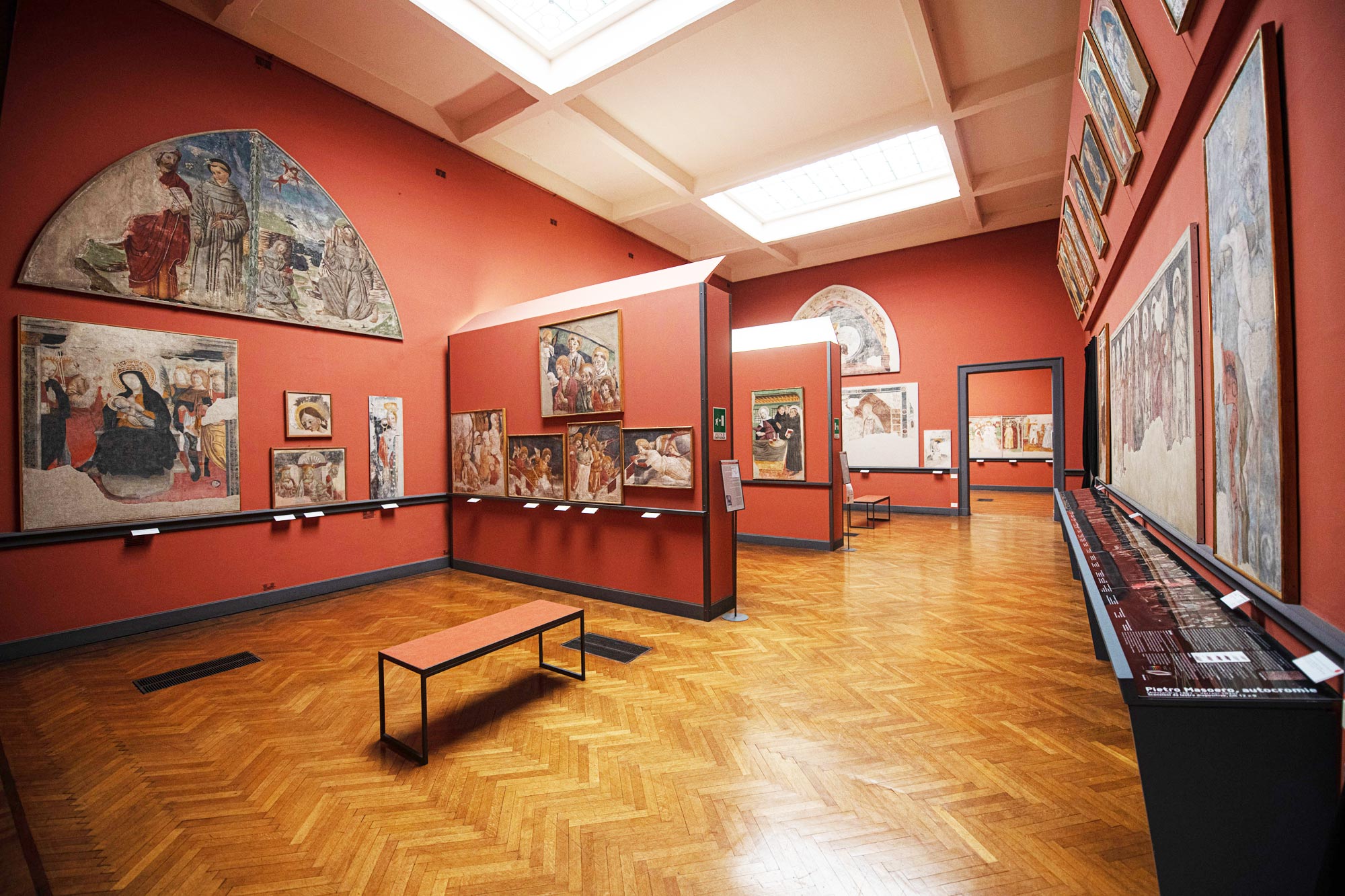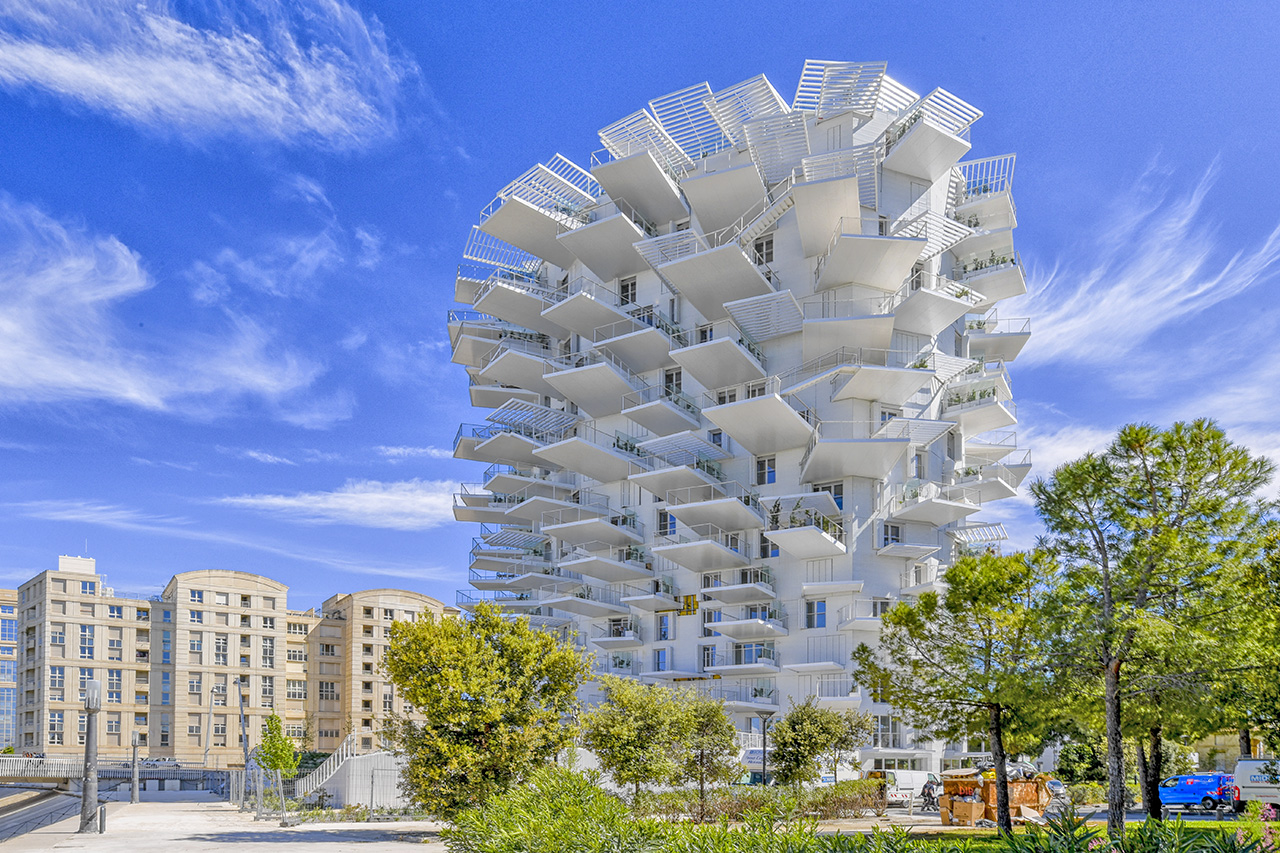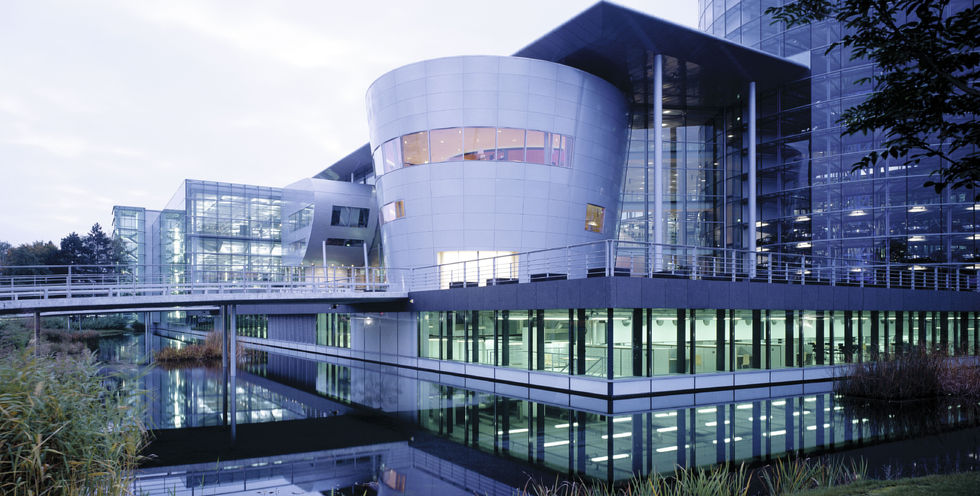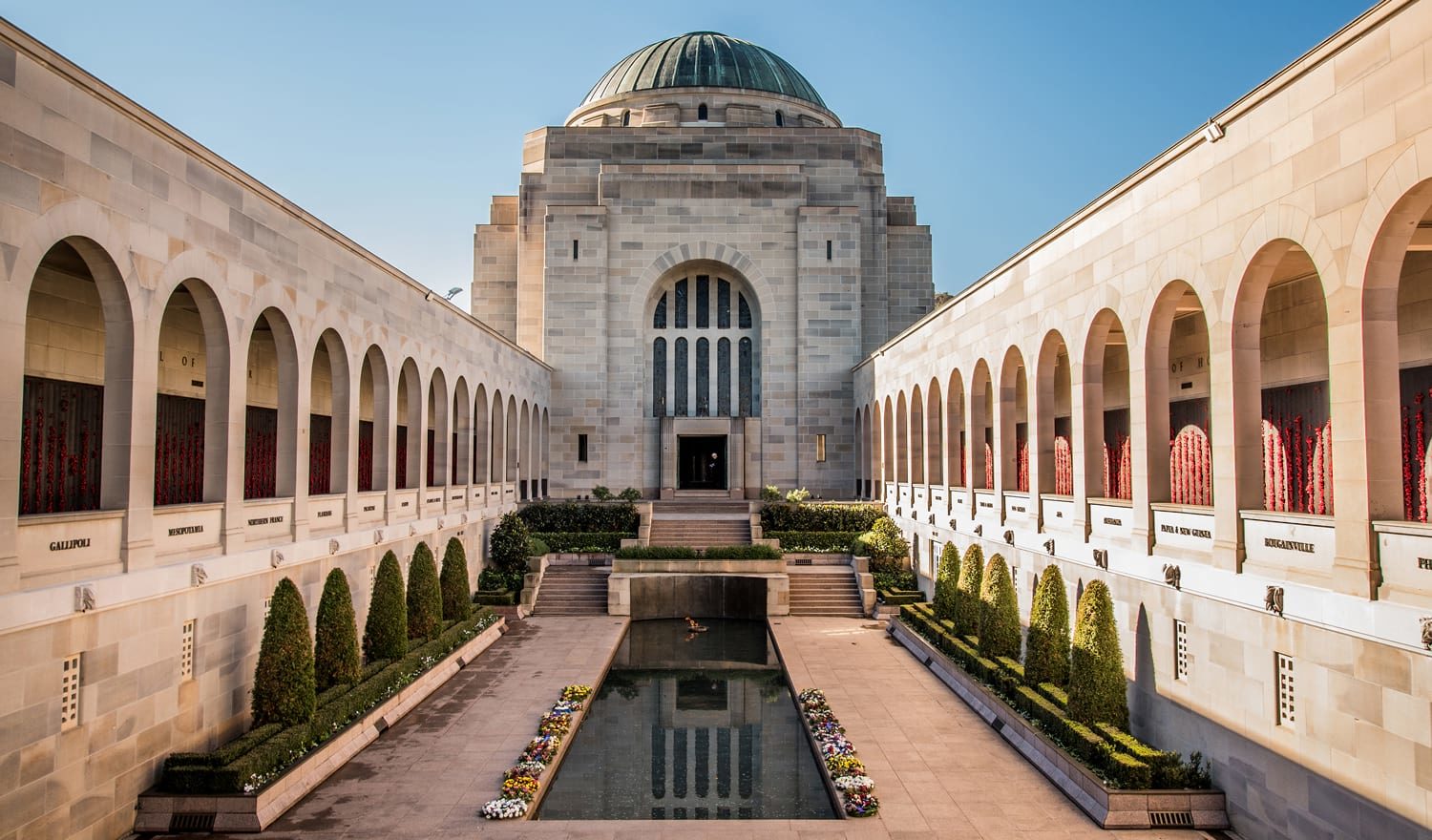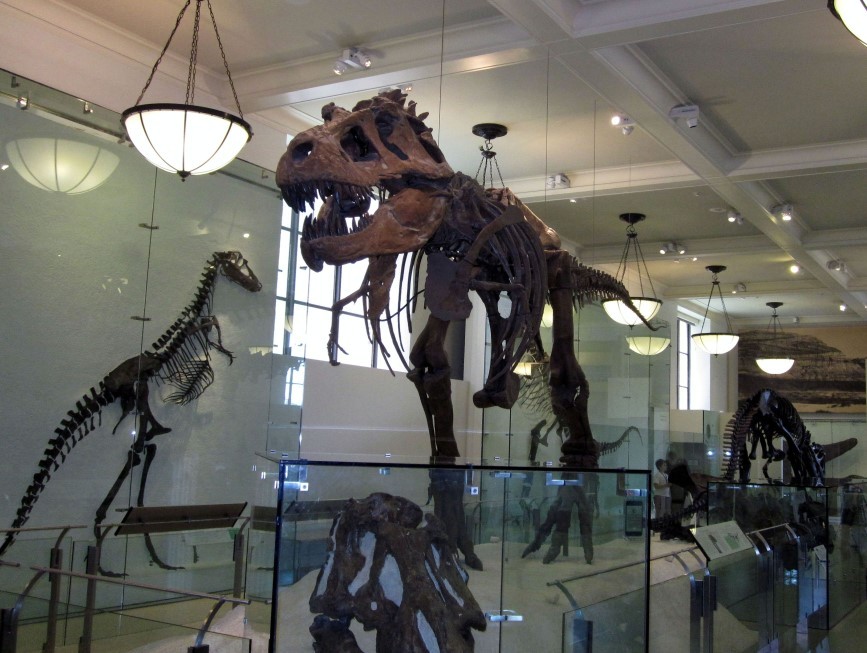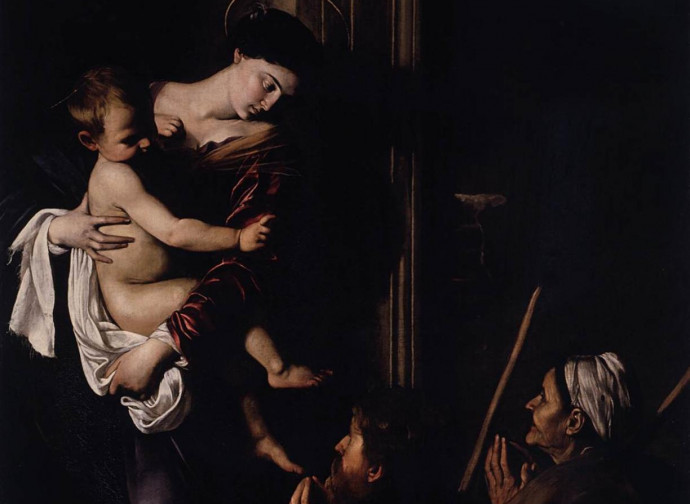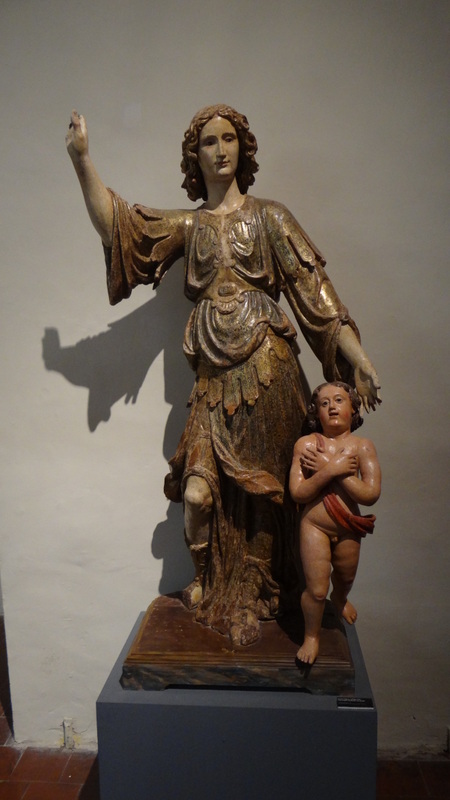The Borgogna Museum, classified as the second art gallery in Piedmont, even if in Vercelli they want to reiterate that defining it as an art gallery is not entirely correct since it is a real house museum.
The museum is named after Antonio Borgogna, a lawyer, wealthy family man, great lover of art and travel. During the course of his life, which he dedicated purely to collecting, he collected an impressive number of works of art, which today we can see exhibited in what was his home.
The collections include works of painting (including a remarkable section of wall paintings torn and detached as well as altarpieces between the fifteenth and sixteenth centuries), sculpture, graphics, decorative arts, photographic plates and a library (historical and current).
The works exhibited on three exhibition floors are about 800, covering a chronological span from the fifteenth to the twenty-first century.
The section of works from the 15th and 16th centuries collected by Borgogna and through deposits from churches, confraternities and the Institute of Fine Arts of Vercelli, constitute a highly representative nucleus of the Piedmontese Renaissance.
The territorial school of painting is composed of altarpieces and polyptychs, small works of private devotion, fragments of wall cycles and panels that were compartments of more complex but dismembered works. Among the most significant artists: Spanzotti’s workshop, Gerolamo Giovenone and Giovan Battista Giovenone, Bernardino Lanino, Defendente Ferrari and Gaudenzio Ferrari.
The section of seventeenth- and eighteenth-century paintings on display on the ground floor, with works by artists including Ludovico Carracci, Giovan Battista Salvi known as Sassoferrato, Elisabetta Sirani, Luigi Miradori known as Genovesino, Pietro Liberi, Carlo Maratta, Eustache Le Seur, Pietro Francesco Guala and Antonio Mayerle, continues on the second floor with eighteenth-century foreign paintings with works by Claude Joseph Vernet, Adrien Manglard and Angelica Kauffmann. The section of the 53 Flemish and Dutch paintings exhibited on the second floor, where the branches of Ambrosius Bosschaert and Jan Davidsz De Heem represent the jewels of the collection, has been the subject of a cataloguing edited by Professor Bert W. Meijer and published in 2001. The text can be consulted in the exhibition rooms and purchased at the Museum bookshop.
In the rooms and in the first entrance halls, which have been rearranged recovering the aspect of the original setting of the house-museum, we find various works of decorative art, furniture, paintings and sculptures of the 19th century, fruit of the eclectic and international taste of Antonio Borgogna.
The 19th century painting section continues on the first and second floor with Italian and foreign works that also preserve their original frames. On display are works by Massimo D’Azeglio, Giovanni Migliara, Stefano Ussi, Gaetano Chierici, Gerolamo Induno, Francesco Lojacono, Filippo Palizzi, Giovan Battista Quadrone, and Giacomo Favretto.
Among the many foreign artists, especially of Belgian, German and Flemish origin, we find works by A.J. Severin Nikutowski, Friedrich Hiddeman, Johann Friedrich Hennings, Camilla Edle von Malhen Friedlander, Edmond Van Hove, Barend Cornelis Koekkoek and Luis Robbe.
The sculptures and several pieces of furniture are returning, after decades in storage, along the exhibition route. These are marbles, biscuits, wood carvings and bronzes, some of which furnish the outdoor spaces of the courtyards. Among these are works by Francesco Porzio, Gustav Eberlein, Leonardo Bistolfi, Antonio Carnevali, Francesco Toso, Valentino Panciera Besarel, Giuseppe Parvis, Filippo Cifariello.
Angelo Morbelli’s Divisionist canvas, Per ottanta centesimi! (For eighty cents!), purchased by the Museum in 1912 and dated 1895, is on display on the second floor and is among the Museum’s best-known works for its technical quality and its strong link with the history of our rice-growing territory.
On the second floor of Antonio Borgogna’s palace are exhibited 20th century works by artists from Vercelli and Piedmont acquired by the Museum after the death of the collector, through purchases, donations or deposits. Among the works on display are portraits by Ambrogio Alciati, Giacomo Grosso and Francesco Menzio, landscapes by Clemente Pugliese Levi, Lorenzo Delleani and Umberto Ravello, monumental paintings by Giuseppe Cominetti and sculptures by Francesco Porzio.
